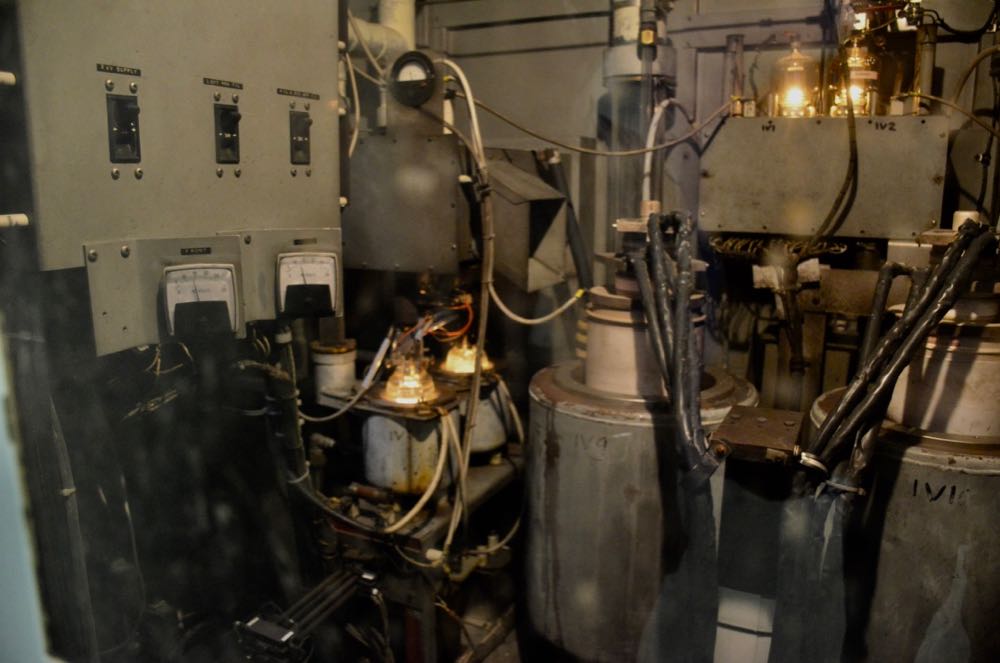Many thanks to SWLing Post contributor, Ed, who writes:
Hi Thomas, SWLing Post readers who are fans of tube radios might enjoy reading about “The 11 Greatest Vacuum Tubes You’ve Never Heard Of” in this IEEE Spectrum article. While only a few of them have been used in radio and audio applications, they’re all weird and amazing!
(Source: IEEE Spectrum)
In an age propped up by quintillions of solid-state devices, should you even care about vacuum tubes? You definitely should! For richness, drama, and sheer brilliance, few technological timelines can match the 116-year (and counting) history of the vacuum tube. To prove it, I’ve assembled a list of vacuum devices that over the past 60 or 70 years inarguably changed the world.
And just for good measure, you’ll also find here a few tubes that are too unique, cool, or weird to languish in obscurity.
Of course, anytime anyone offers up a list of anything—the comfiest trail-running shoes, the most authentic Italian restaurants in Cleveland, movies that are better than the book they’re based on—someone else is bound to weigh in and either object or amplify. So, to state the obvious: This is my list of vacuum tubes. But I’d love to read yours. Feel free to add it in the comments section at the end of this article.
My list isn’t meant to be comprehensive. Here you’ll find no gas-filled glassware like Nixie tubes or thyratrons, no “uber high” pulsed-power microwave devices, no cathode-ray display tubes. I intentionally left out well-known tubes, such as satellite traveling-wave tubes and microwave-oven magnetrons. And I’ve pretty much stuck with radio-frequency tubes, so I’m ignoring the vast panoply of audio-frequency tubes—with one notable exception.
But even within the parameters I’ve chosen, there are so many amazing devices that it was rather hard to pick just eleven of them. So here’s my take, in no particular order, on some tubes that made a difference.[…]
Thank you for the tip, Ed. Brilliant article!


This reminded of me of a report about how in the UK, BBC Radio 4 on 198kHz is living on borrowed time as the transmitter relies on tubes. The BBC were apparently scouring the world for spares to keep this country wide frequency going.
https://www.radioworld.com/news-and-business/longwave-broadcasting-retains-listeners
TWTs are the primary source of TX RF on geostationary satellites. Whilst their reliability has improved somewhat, they are still pretty notorious as the least reliable component on satellites. Most TV (DBS) satellites have six which are fitted on a turret and are rotated into place as each one loses output and fails to meet output spec. Furthermore, providers have spare satellites waiting in orbit parked closely behind the primary service satellite. They are the main reason that satellite TV is literally fading away. Note: I worked on the first DBS satellite receiver LNB device design and production for Astra all the way back in 1989!